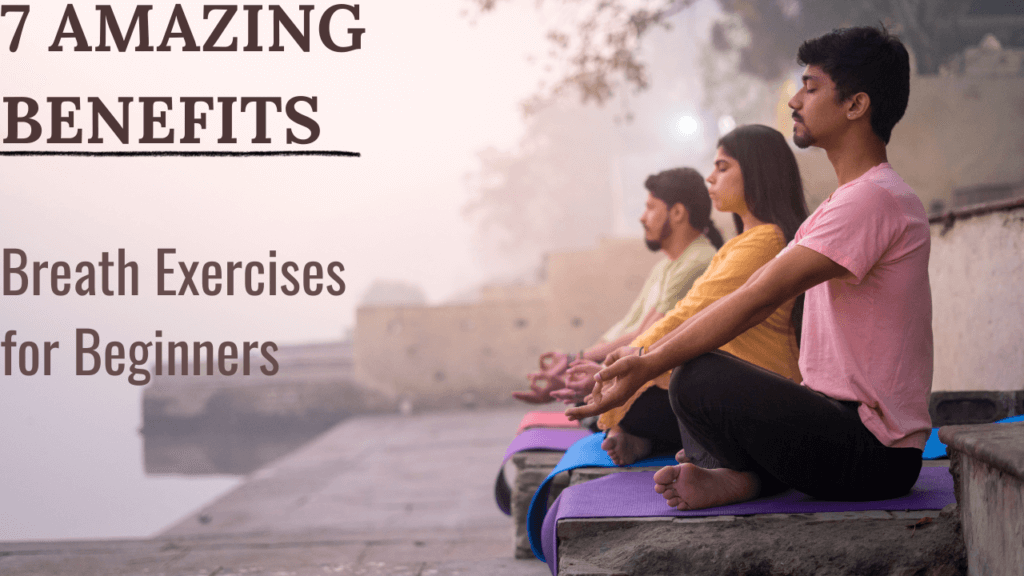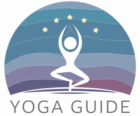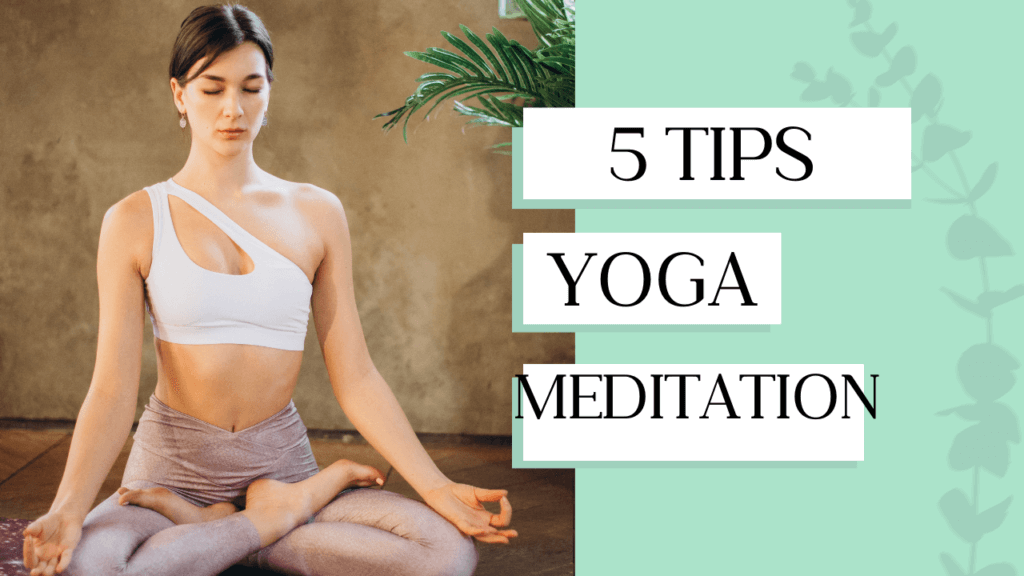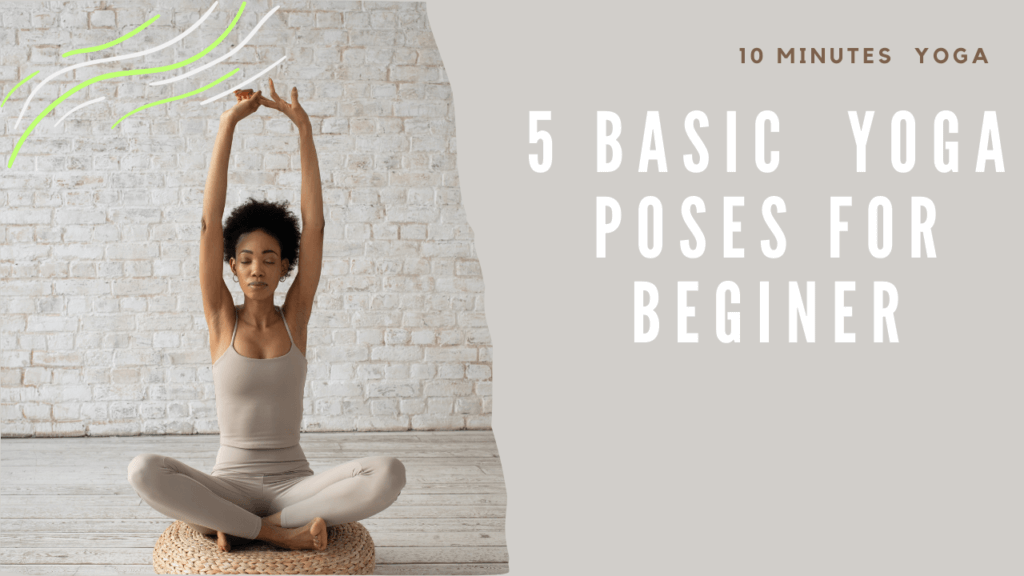Introduction:
Pranayama is an ancient breathing technique. has a method of breath control in different styles and lengths. Pranayama practice has many health benefits. This benefit of pranayama has made it popular in the western world.
What is pranayama?
In Sanskrit the word Pranayama is composed of two words prana and ayan. Pranayama is a breath control practice. The power of breathing is the practice of bringing together prana and life. The most important part of a physical yoga practice is not the posture but the breathing. Since your breathing happens naturally, you don’t spend time thinking about the breath.
But paying attention to how you breathe and how you breathe during yoga is one of the most important things you can do for your mental, physical, and emotional health.
Breathing in yoga is an important practice of paying attention to your breath. It is an opportunity to balance the flow of energy to clear the mind and purify the body.

1. Ujjayi Pranayama – Victorious Breath in yoga
Ujjaini pranayama is sometimes called “ocean breathing” in yoga. It is a breathing exercise used to strengthen and focus the entire body.
How to do
Practice breathing in and out through the nose with a slight contraction at the back of the throat. Make a sea sound as you inhale.
How to Practice: Ujjayi Pranayama
2. Kapalabhati – Skull Shining Breath
Kapalbhati is called the shining breath of the skull. It is technically a satkriya purification technique. It is used to clear energy and detoxify the body.
How to do
Sit in a comfortable seat to practice Kapalbhati. Place your left palm faceup on your left knee and your right hand on your stomach. And begin exhaling rapidly. Breathe passively between breaths.
How to Practice: Kapalabhati – Skull Shining Breath
3. Nadi Shodhana Pranayama – Alternate Nostril Breathing
Nasak Pudi Shvaso Shvaso is a Nadisodhana Pranayama. Breathing is an exercise that means unlocking the nadis and balancing the Yin and Yan energies to bring balance back to the body. Breathing through a specific nostril changes metabolism and helps control blood pressure.
How to do
Sit in a comfortable position for this exercise. Or place your middle finger on the third eye with your thumb and ring finger resting on the nostrils. Alternate breathing through your left and right nostril. Consider this if there are difficulties with switch coordination. Switch after you inhale through the covered nostrils.
After release your finger landed in the same place. Take deep slow breaths Close your right nostril with your right thumb as you inhale through your left nostril. As you take a deep breath, close your left nostril with your ring finger. Exhale through the right nostril. Inhale through your right nostril
Allow all air to evacuate before taking.
There is a round of gently changing which nostril is closed to breathe through the left nostril. Nadisodhana, pranayama, yoga, breathing exercises should be done daily for five minutes.
How to Practice: Nadi Shodhana Pranayama – Alternate Nostril Breathing
4. Bhastrika Pranayama
Bhastrika Pranayama also known as Baluj Bridge means energizing you with a calm mind
feel. This pranayama also helps in weight loss by improving digestive function and improving digestion.
How to do
Sit comfortably for the practice of Bhastrika Pranayama. Relax your shoulders and start breathing. Activate the bellows by forcefully inhaling through your nose. Inhalation and exhalation should be done for one second. Your belly should expand as you inhale. Do three rounds of breathing giving each round 30 seconds.
How to Practice: Bhastrika Pranayama
5. Bhramari Pranayama – The Humming Bee Breath
Yoga Breath Bhramari, also known as Humming Breath or Humming Bee Breath. Breathing helps balance blood circulation and vata energy. Helps improve mental and emotional awareness.
How to do
Sit in an upright sitting position for this exercise. Breathe in through the nose with a slight contraction at the back of the throat.
The way you breathe in is long and slow while exhaling through your nose. Make a humming sound from the throat for breathing. Practice humming faith for deep breaths.
How to Practice: Bhramari Pranayama - The Humming Bee Breath
6. Shitkari KumbSitali Pranayama – The Cooling Yoga Breathhaka – The Hissing Breath
In Shitkari Kumbhaka Yoga the hissing breath is the name given to the sound of exhalation. Its purpose is to purify the pitta energy while purifying the senses.
How to do
To practice hissing in yoga, take full breaths through the nose. Hold your breath for a count of eight then exhale through your mouth while clenching your teeth to make a hissing sound.
If you have Asthma Constipation and cannot take a full breath, then you do not need to do this Yoga Pranam of Breathing
7. Sitali Pranayama – The Cooling Yoga Breath
Cold Breathing, Cold Breath Pranayama Yoga is done to reduce pitta energy.
To practice roll your tongue lengthwise and inhale as you inhale by folding the tongue inward. Notice that the breath should feel cool and come easily.
Close your mouth at the end of the inhale and hold your breath for a count of eight. Keep your mouth closed and exhale slowly through your nose. Practice cold breathing for five to ten minutes.
If you have Asthma Constipation and cannot take a full breath, then you do not need to do this Yoga Pranam of Breathing.
How to Practice: Sitali Pranayama – The Cooling Yoga Breath
Conclusion:
Criteria for deep breathing exercises have shown that deep breathing has many health benefits. And there are almost no side effects. You must learn these breathing exercises from an expert under their supervision. You need to do these breathing exercises regularly to reap the benefits of breathing and relaxation. If you feel uncomfortable after breathing exercises, you can immediately contact a doctor.


